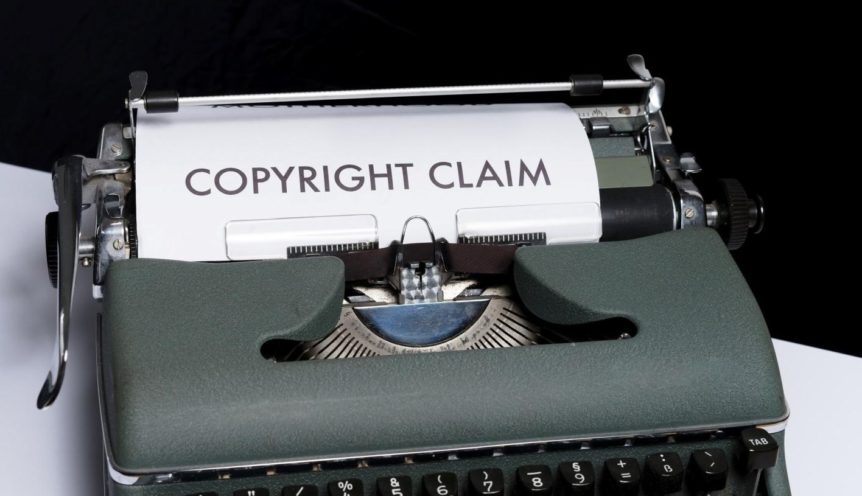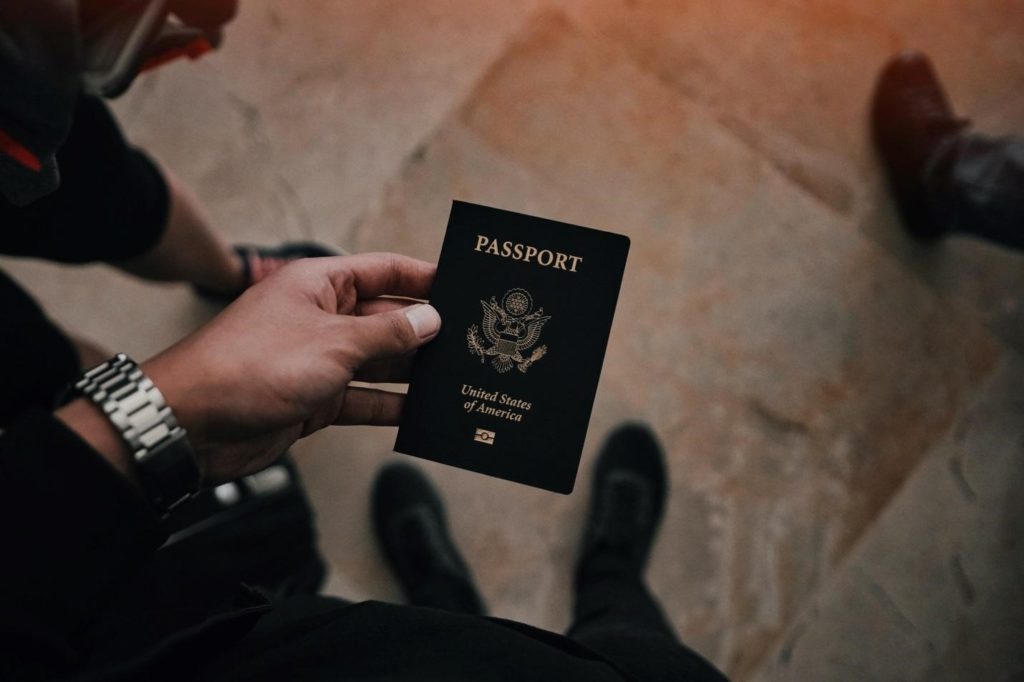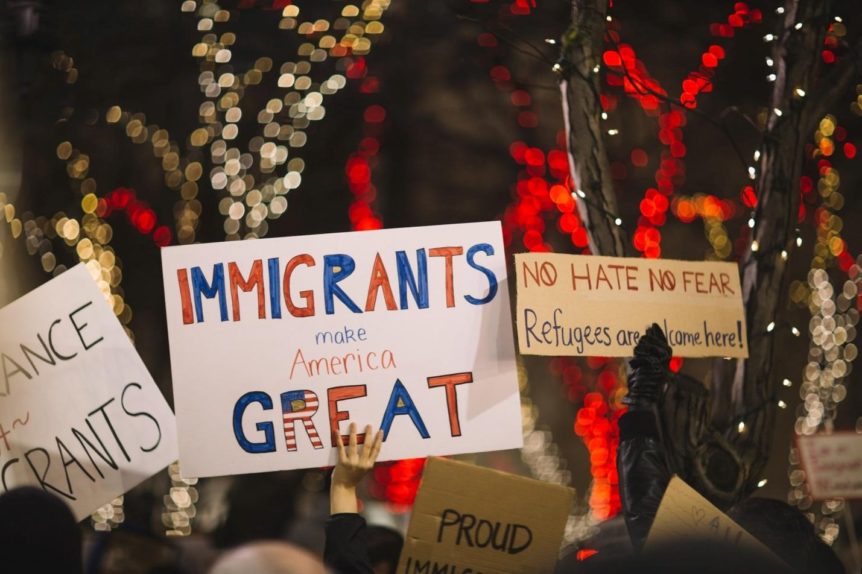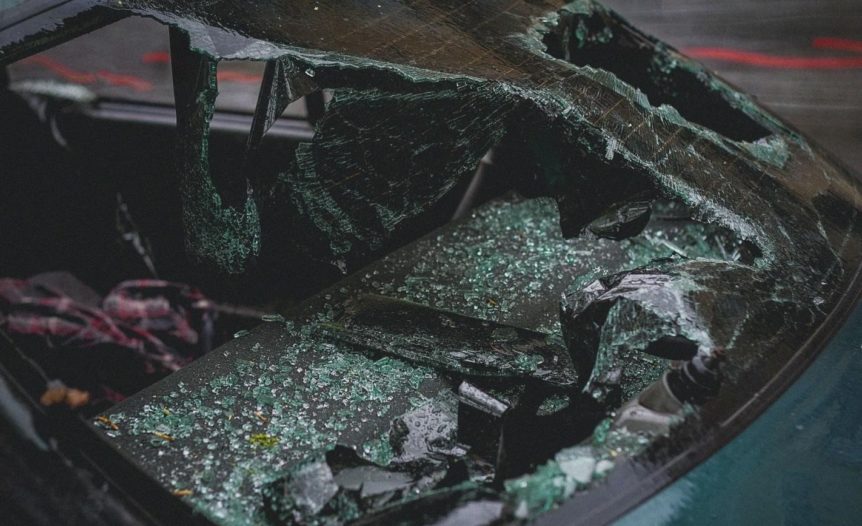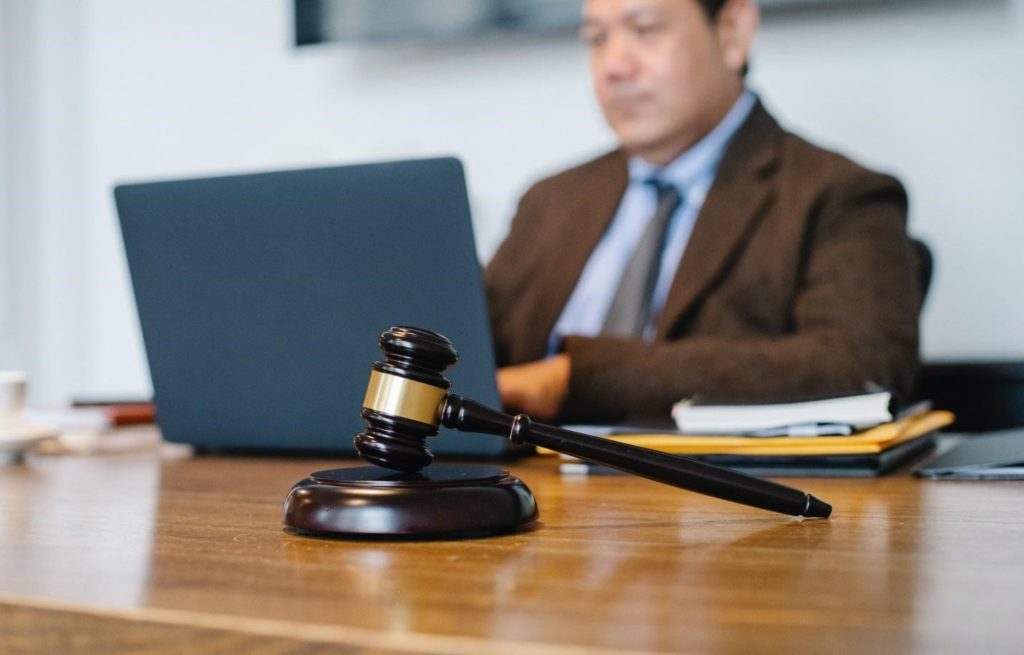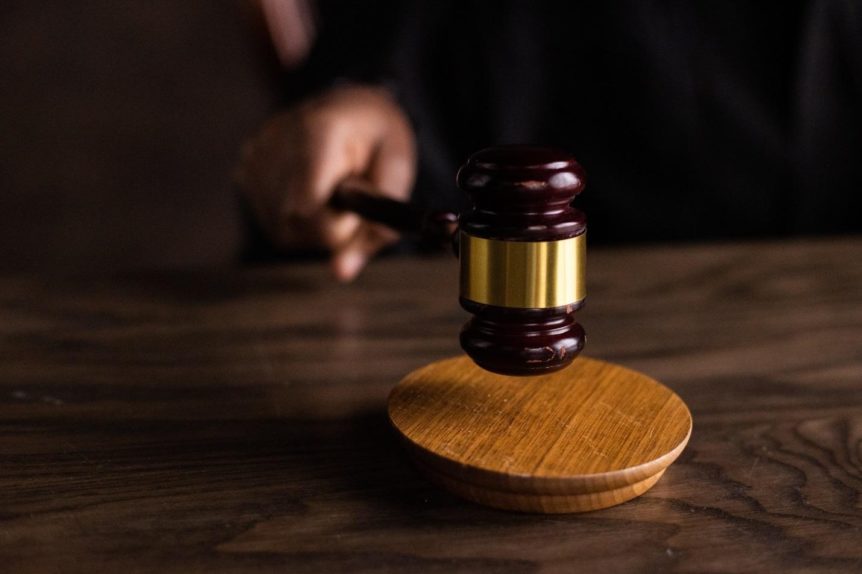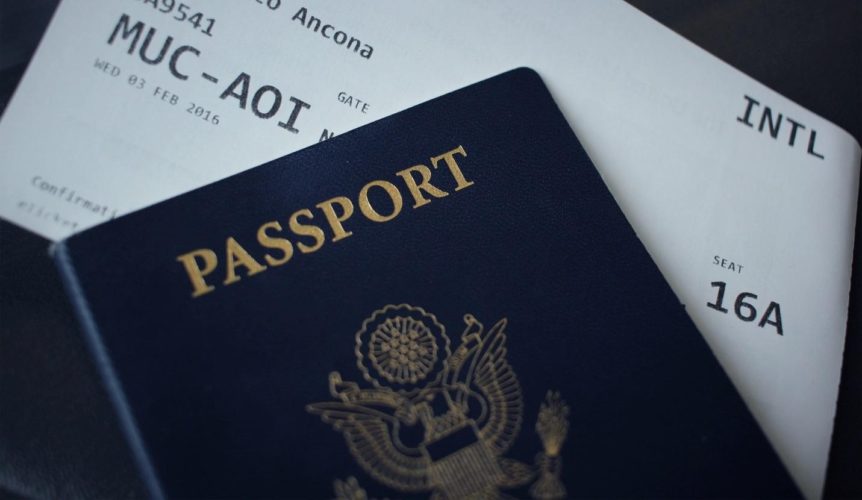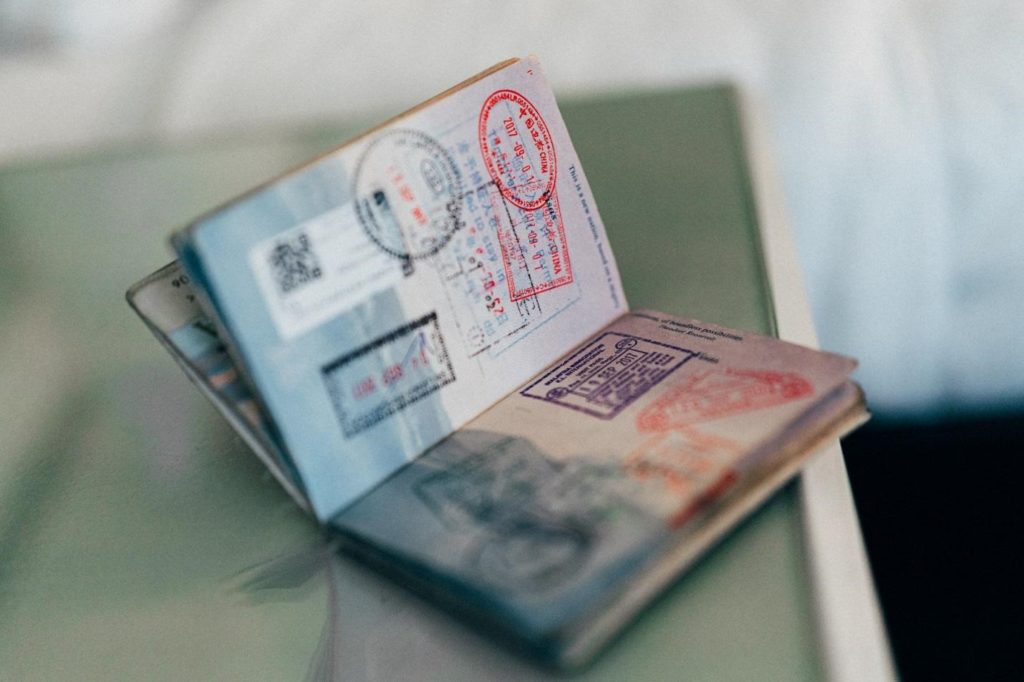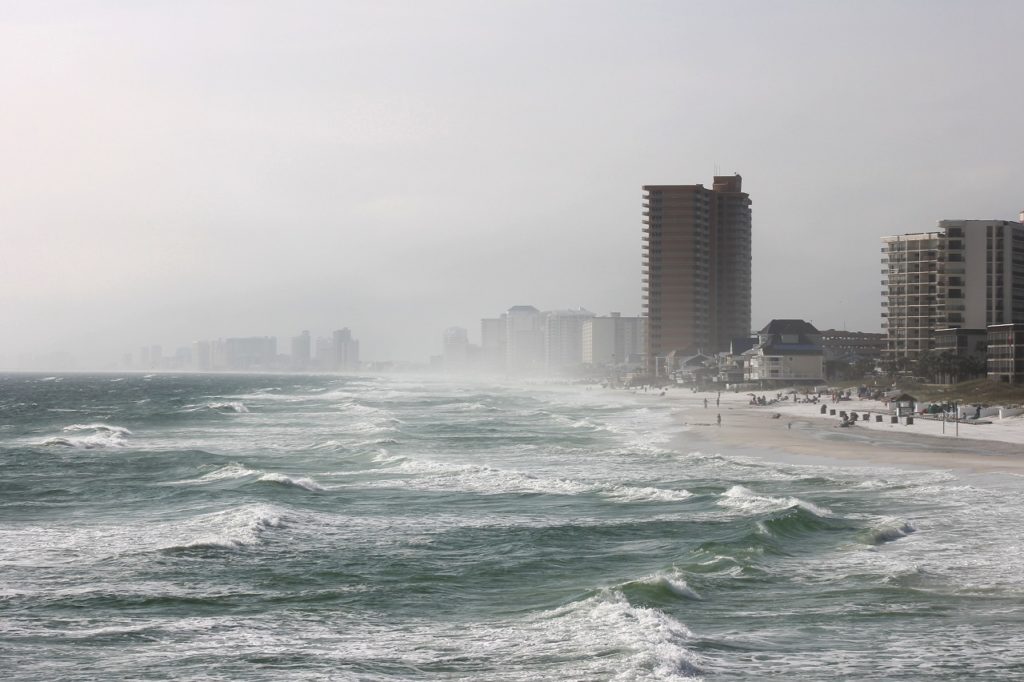Copyright law exists to encourage the creation of works by providing individuals with exclusive rights to their works of authorship. It affects your ability to use someone else’s work, including software code, paintings, photographs, music, or writings, without seeking explicit permission from them.
Doing so would be tantamount to copyright infringement, resulting in the copyright owner or federal prosecutors pursuing civil or criminal action against you. What is copyright infringement? Here’s everything you need to know.
What Does Copyright Mean?
Copyright is one of the many subsets of intellectual property (IP) protection. It exists to safeguard a creator’s, holder’s, or owner’s exclusive right to their original work, allowing them to claim it as their own. The key differentiator of copyright from other forms of IP protection is that the work in question needs to be in a “tangible medium of expression.”
The US Copyright Act of 1976 forms the basic framework of copyright law as we know it. Its enactment was meant to safeguard creative works from unauthorized use, otherwise known as copyright infringement. States cannot pass laws that extend the terms of protection beyond what is provided for in the federal Act.
Copyright law protects the following types of “works of authorship.”
- Architectural works
- Audiovisual works and motion pictures
- Choreographic and pantomime works
- Dramatic works
- Literary works
- Musical works
- Sculptural, graphic, and pictorial works
- Sound recordings
- Software code
To receive copyright protection for your work, it needs to be:
- Original meaning the author has not copied it from any preexisting work. Originality is not tied to the work’s uniqueness or novelty. It can be original without necessarily being unique or novel.
- It is fixed in a tangible medium of expression. “Fixed” as defined in the Copyright Act means that it is in a form that’s stable and sufficiently permanent to be reproduced, communicated, or perceived for a specific period.
- Possess a modicum of creativity. It means some form of creative effort is required from the author.
Copyright registration of original work is desirable but not mandatory. Protection arises automatically when an individual produces an original work of authorship and fixes it in a tangible medium of expression. That said, if you intend to file a copyright infringement suit against another individual, company, or entity or the unauthorized use or reproduction of your original work, you will need to register it with the US Copyright Office.
What Is Copyright Infringement?
The legal copyright infringement definition is—the unauthorized use of an individual’s original or copyrighted work. Below is a list of copyright infringement examples that could land you in legal problems if you carry out these activities without obtaining explicit permission from the creator, holder, or owner of the copyrighted work:
- Copying any artistic or literary work without a written agreement or license
- Creating commercial merchandise that features copyrighted images or words
- Downloading films or music without paying for them
- Modifying a copyrighted image and then using it on your website
- Posting a video on your website that features copyrighted songs or words
- Recording a film at the movies
- Recording and posting portions of a TV show on your YouTube channel
- Using a copyrighted image on your website
- Using a musician’s or band’s copyrighted music on your website
How to Avoid Copyright Infringement Online
One of the most commonly held misconceptions is that published works on the internet are not copyright protected. As a result, many individuals and businesses often take a casual approach to the works they find online.
Simply because they are freely available on social platforms or websites does not, in any way, mean that they are free to share, copy, and adapt. You should always treat digital works like those in a tangible format since they are all subject to the same legal principles.
Here are a few helpful tips to keep in mind to ensure you don’t unintentionally infringe on a creator’s or author’s copyright.
1. Always Assume That the Work in Question Is Copyrighted
A foolproof way to avoid getting caught up in copyright infringement claims is to always assume that any work you find online is copyrighted. It might seem cumbersome at first, but this approach might save you money and time spent fighting civil and federal copyright lawsuits against you. Just because a material is freely downloadable does not mean it is free to use. There’s a difference.
2. Never Modify, Share, or Copy Without the Author’s Permission
The first thing you need to do before using any copyrighted work is—identify the author. That way, you can get in touch with them and seek permission to use their work. Ensure that the purpose for which you intend to use the work, as well as any fees payable, is put in a legally binding agreement and that all parties sign off on it.
3. Review Licensing Agreements and Retain Copies of the Same
Any work you obtain online through a stock agency (such as iStock by Getty Images) is subject to a licensing agreement. Ensure you review these licenses and keep copies of the agreements in your records. These agreements outline the terms surrounding the license you purchased and the applicable restrictions.
4. Adopt an IP Policy for Your Business
An intellectual property policy sets out guidelines and procedures that provide employees and team leaders with a uniform standard of dealing with the business IP and third-party IP. These principles will prove effective in protecting against unintentional copyright infringement.
5. Talk to an IP Lawyer
Copyright is a complex subset of intellectual property law. If you don’t understand what it is and how it works, you could potentially be exposing yourself and your business to severe legal repercussions if you’re found culpable. It’s always a good idea to have a copyright infringement lawyer on call to ensure that you and your business comply with the provisions of copyright law.
Punishment for Copyright Infringement
The potential penalties for copyright infringement can be of a criminal or civil nature. They include:
- The actual profits and damages that directly resulted from the copyright infringement
- Up to $150,000 in civil penalties for each count of willful or intentional infringement (e.g., counterfeiting)
- $750 to $30,000 in statutory damages for each count of infringement
- Up to $250,000 in fines, five years in jail, or both for criminal penalties
Elements of Copyright Infringement
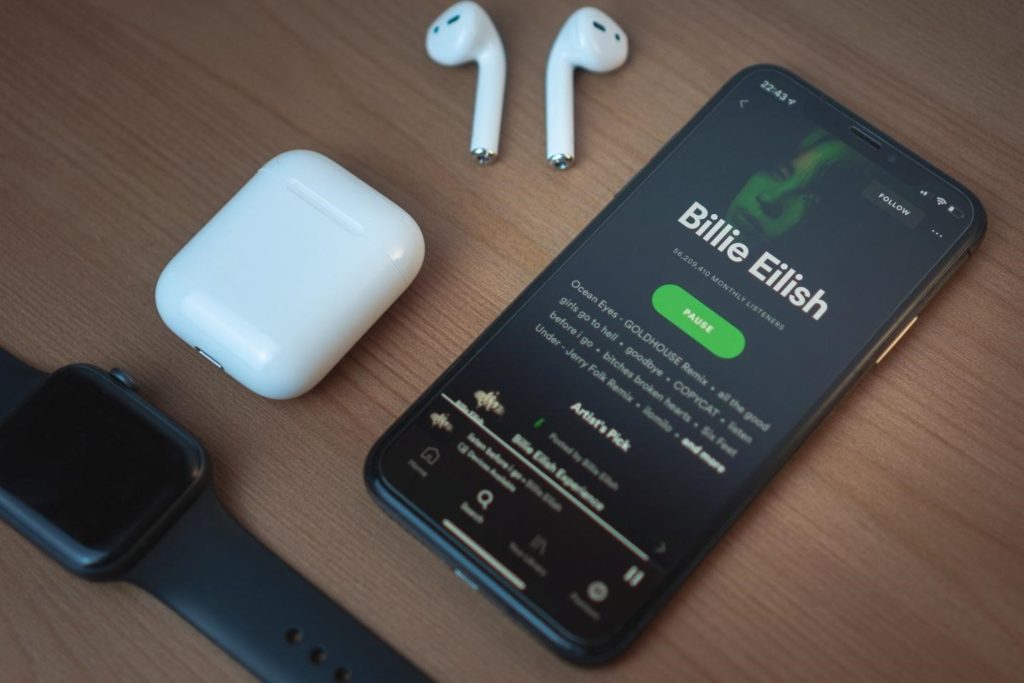
According to federal law, a copyright owner has exclusive rights to use copyrighted materials in several ways. This may include creative derivatives of their original work, creating and distributing copies of their work, and performing or exhibiting their work.
If any other individual, company, or entity uses copyrighted materials without seeking the appropriate permissions from the copyright owner, the owner can file for a legal injunction against further unauthorized use of their works. They can sue the other party in court and recover damages.
If you bring a civil lawsuit alleging copyright infringement, there are two elements you need to establish based on a preponderance of supporting evidence. In a criminal copyright infringement case, the Department of Justice (DOJ) is also required to prove the same elements as those in a civil claim as well as two additional ones. The burden of proof rests on the DOJ to show guilt beyond a reasonable doubt.
The sections below explore each of these elements in detail.
Elements of a Civil Copyright Infringement Lawsuit
There are two elements involved in proving a civil copyright infringement claim. The burden of proof rests on the plaintiff showing that:
- They own the copyright
- The defendant infringed it
1. The Plaintiff Owns the Copyright
First, a plaintiff has to show ownership of the copyright by demonstrating that their work is original and subject to protection under the law. Remember, copyright law exists to protect the “original works of authorship” existing or potentially existing in a “tangible medium of expression.” Films, videos, musical recordings, musical compositions, computer code, books, and other literary works all constitute “tangible mediums of expressions.”
In Feist Publications, Inc. v. Rural Tel. Serv. Co., the US Supreme Court held that “originality” as defined in copyright law is a constitutional requirement. It requires a combination of creativity and independent creation. As a result, certain works are excluded from copyright protection. These include:
- Brand names, business names, and logos, all of which may be subject to trademark protection instead
- Systems or processes, both of which may be subject to patent protection
- Any information that’s generally known to the public
- Court decisions, statutes, and any other public materials
- Concepts and ideas
Once the plaintiff has established that their work is original and subject to legal protection, the next step involves establishing that they have adhered to the federal requirements for giving a copyright notice, as provided in federal copyright law.
While registering your work with the US Copyright Office is not a mandatory requirement, it does create a rebuttable presumption of ownership and validity.
2. Defendant Infringed the Copyright
The second element involves the plaintiff proving that the defendant acted in a manner that violated the exclusivity of their rights to the copyrighted work. Some scenarios are easier to prove than others.
For instance, performing a copyrighted play, broadcasting a copyrighted video, or displaying a copyrighted photograph or work of art without receiving explicit authorization from the copyright owner is relatively easy to prove in court.
On the other hand, proving copyright infringement in situations involving the unauthorized production of derivative works or the unauthorized copying of copyrighted works can be much harder to do. In such instances, circumstantial evidence may come in handy to help you prove that the defendant copied your work.
You can show “substantial similarity” between your work and that of the defendant and present evidence proving that they had access to or saw your copyrighted work before they created theirs. If you don’t have evidence to prove that the defendant had access to your work, you’ll need to show that there’s a “striking similarity” between your work and that of the defendant.
Keep in mind that someone cannot infringe copyright by simply using information contained in the original work. As the Supreme Court stated in the Feist ruling, a telephone directory as a whole can be protected by copyright with regard to the way the information is compiled and the format in which it is presented.
Anyone using the names and addresses contained within would not be infringing on the telephone company’s copyright.
Additional Elements of a Criminal Copyright Infringement Case
As mentioned before, to prove criminal copyright infringement, two additional elements come into play.
3. The Defendant Acted Willfully
Willful acts in the context of copyright law mean that the defendant acted intentionally in a manner that violates the law. The burden of proof lies in the prosecution proving that:
- The defendant intentionally copied or otherwise used the copyrighted material without receiving explicit consent for the copyright owner; or
- The defendant intentionally infringed the copyright.
Although many of the federal appellate courts across the country are split on which standard to adopt when determining willful action, most courts use the second standard. It means that the prosecution has to prove that the defendant willfully infringed the copyright beyond a reasonable doubt.
4. The Defendant Sought a Private Financial Gain or Commercial Advantage
The final element prosecutors have to show is that the defendant intended to profit in some way from their infringement. The keyword here is—intended. They don’t necessarily have to prove that they gained something. They simply need to show the intent to.
Federal law provides two alternatives when proving the commercial advantage element in criminal copyright cases. That:
- During a 180-day period, the defendant made multiple copies of copyrighted materials worth a combined retail value of $1,000 or more; or
- Used a computer network to make a copyright owner’s work available with the full knowledge that the owner had every intention of commercially distributing their work in the future.
Copyright Infringement Scams
Don’t be alarmed if you receive an email from an individual or organization claiming to own the images you’ve put up on your website and threatening legal action for alleged copyright infringement. It is part of a growing wave of cyber scams.
The scammers instruct the victims to click a link that directs them to a site where they can view the images that are supposedly infringing on their copyright. Clicking the link will usually download malware or direct users to a phishing site, compromising privacy and system security.
If you’re not sure whether an infringement notice is real, the best thing to do would be to take down any copyrighted images you might be using on your site and replace them with ones that don’t need permission or attribution.
On the other hand, if you’re not using any copyrighted images on your website, then you have nothing to worry about.
N
Have legal questions? Chat online with an available Laws101 attorney.
